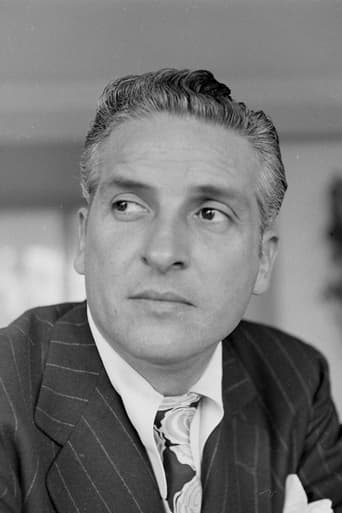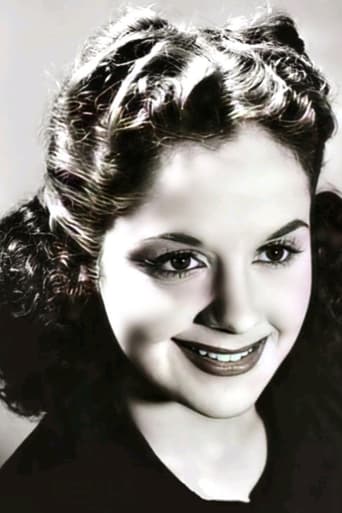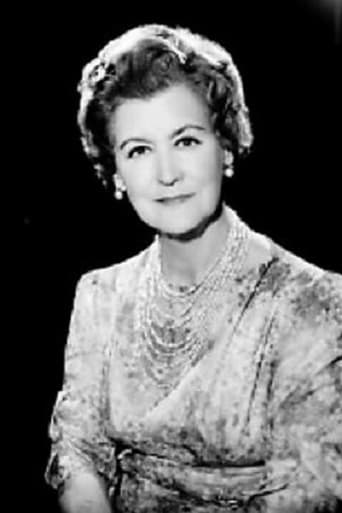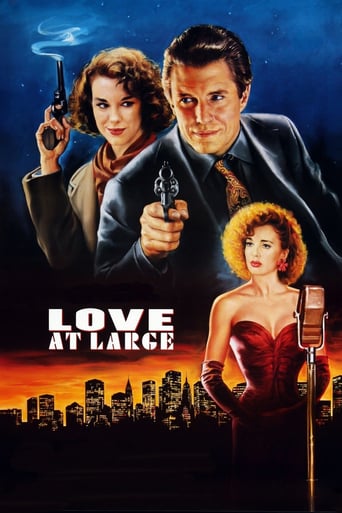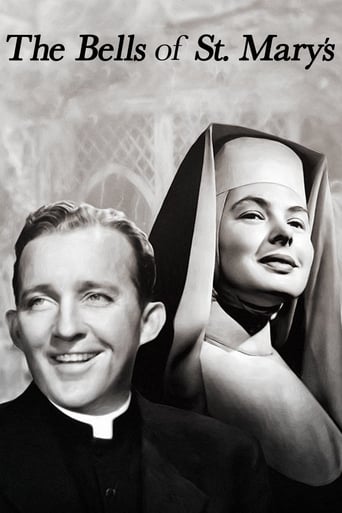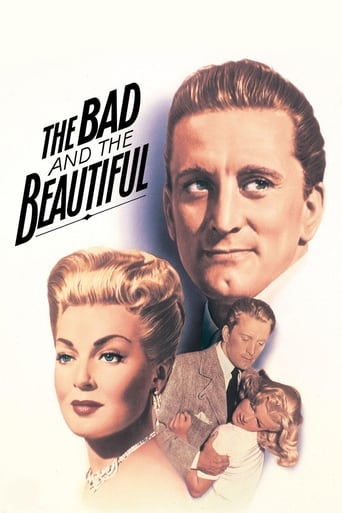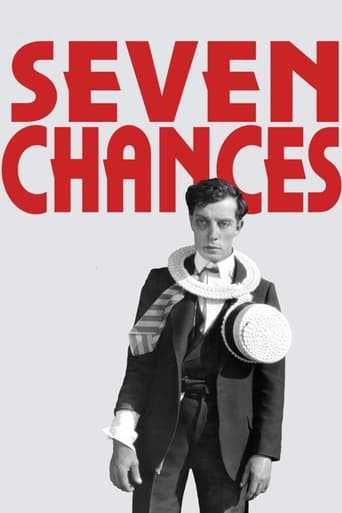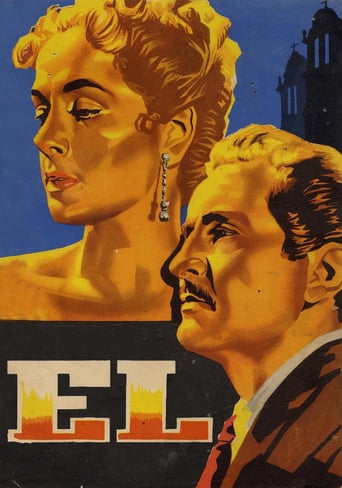
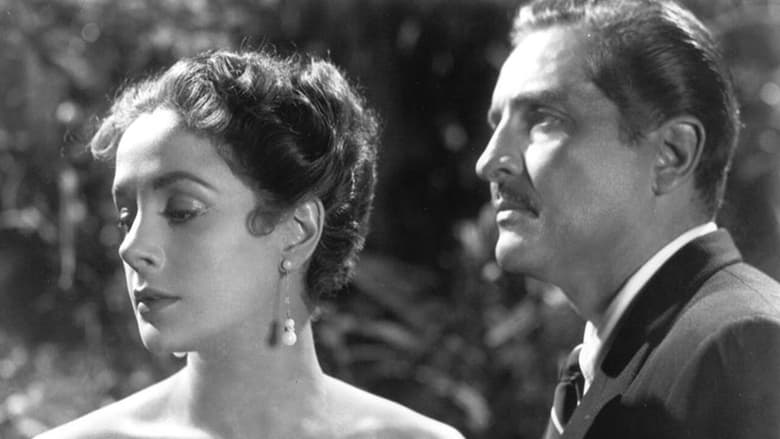
Él (1953)
Gloria encounters Francisco, a man whose social veneer betrays a truer self burrowed underneath.
Watch Trailer
Cast
Similar titles
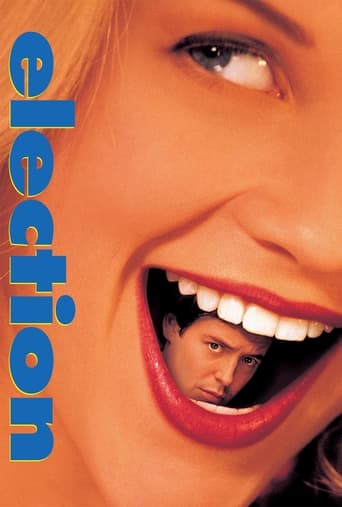

Reviews
Please don't spend money on this.
The film creates a perfect balance between action and depth of basic needs, in the midst of an infertile atmosphere.
True to its essence, the characters remain on the same line and manage to entertain the viewer, each highlighting their own distinctive qualities or touches.
The film's masterful storytelling did its job. The message was clear. No need to overdo.
The first scene is pure Bunuel:the hero attends the high mass,on Good Friday but his soul is not in the right place:this is a festival of feet fetishism ,male feet,female feet ,which the priest kisses .Religion is omnipresent:the rather mature hero is still a virgin -the priests tells it so to his wife- when he gets married .And when the distraught lady tries to find comfort with the others ,she obviously chooses the wrong ones:her mother -every woman must obey her husband,he may not be wrong -,the priest -every woman is Eve and anyway he knows his penitent as his own son- and the servant -in Mexico town where poverty (and shanty towns) awaits ,your master must be right ,and he urges him to get rid of the sinner.The wife suggest he go to see a doctor who could cure his incredible jealousy but it is too late:every fellow man is an enemy ,every eye is a peeping tom's and he's got his needle (to gouge an imaginary voyeur's eye out ) his razor and his rope .He thinks he is the victim of a huge conspiracy and that the human race is abominable: on the steeple,near the bell (a picture which would come back later in "Tristana"),he depicts the other human being as worms scrawling on the ground and he is not far from thinking he is God;in the church,his madness knows no more bounds ,and he's got hallucinations ,thinking that the believers laugh at him ,even the vicar.The picture of the man trying to strangle the priest looks like Bunuel's settlement of scores with a religion the director loathes.Bunuel's humor is present in the last scene in which the psychopath walks :see how he slowly zigzags along.And he seems to go towards a black hole!The movie is a constructed as a long flashback ,a process which is rare in the director's cannon:it's necessary to defuse some scenes such as the shooting:Bunuel did not want to make a thriller,he wanted to make a Bunuel movie!
A fine depiction of toxic bitterness that destroys a man and the woman he claims to love. Bunuel begins to express his familiar themes within the commercial framework of this film from his Mexican period. The protagonist is a narcissist paranoid that loses any sense of perspective as he pursues his agenda. Also a masterful use of music and clever commentary on the Catholic church in Mexico. I was lucky to see "El" on TCM Latin America in Spanish. It prefigures later Bunuel films with surrealist moments, yet these are well placed within the narrative. Interactions between the characters show insight into subtleties of Mexican and Spanish-speaking culture. This and "El Gran Calavera" are the only Mexican period Bunuel I've seen but I will seek more of them out.
Following your advice, I recently 'relented' to buying from Alapage the two Luis Bunuel Double-Feature discs released in France by Film Sans Frontieres. After watching them in their entirety, I cannot believe that I, who consider Bunuel my all-time favorite director and one of the true masters of the medium, have waited this long to acquire these DVDs. Actually while Alapage listed these DVDs at EUR25.73 on their site, they only cost me EUR21.51 each (excluding EUR12 shipping charges). So, if there is still anybody who has not purchased them yet, now may be the time to do so!Since I had never watched EL (1952) before, it was the first one to go through my DVD player. It was a chilling parable of an insanely jealous middle-aged man played with acute intensity by Arturo De Cordova. It afforded Bunuel ample opportunity to make practical use of overt Freudian symbolism without lending the film a heavy-handed air of pretentiousness. While there are some critics who consider it as merely 'an engaging, minor work', I regard it as being among Bunuel's finest; arguably, with this film, Bunuel reached the culmination of his work in Mexico, but it also looks forward to similar sequences and themes he would tackle later on in his career, especially TRISTANA (1970) and, his last film, THAT OBSCURE OBJECT OF DESIRE (1977).EL was beautifully abetted by another of his low-budget Mexican films, the great black comedy THE CRIMINAL LIFE OF ARCHIBALDO DE LA CRUZ (1955). Again, critical reception was a bit muted in some circles, dismissing it as 'just a throwaway oddity' typical of Bunuel's films of the period. However, it is much more than that: it is certainly very funny if you can accept its macabre sense of humor. It allowed Bunuel to create some of the most memorable images in all of his films, especially the celebrated dummy incineration scene, which could have been "inspired" by a similar scene in Michael Curtiz's marvelous MYSTERY OF THE WAX MUSEUM (1933) which Bunuel must have seen while working at Warner Bros. in the Thirties. A similar instance of this eclectic approach on Bunuel's part can be found in the "walking hand" sequence in his THE EXTERMINATING ANGEL (1962) - one of my favorite Bunuels - which harks back to an identical premise in Robert Florey's THE BEAST WITH FIVE FINGERS (1946), another Warner Bros. horror melodrama. For me, one of the enduring assets of THE CRIMINAL LIFE OF ARCHIBALDO DE LA CRUZ is the charm and great beauty that was Miroslava Stern (who played the part of Lavinia and was the model for the ill-fated dummy). Tragically, she would take her own life a mere two weeks after the film's release with her body, ironically enough, ending up cremated!Both the print utilized and the transfer for both films were adequate enough, and perfectly acceptable under the circumstances. However, EL's overall visual and aural qualities where distinctly superior to those of ARCHIBALDO which suffered from excessive specks and slight audio dropouts at times, but were never so alarming as to dispel from one's viewing pleasure of the film.
This tale of a pathologically jealous husband, whose delusions of cuckoldry teeter over the edge into madness, ranks with BELLE DE JOUR and the early surrealist films as the first rank of the Bunuel canon. The ending, which has audiences screaming out loud in a mixture of gruesome delight and horror, would probably drive Brian DePalma to death by alcohol if he saw it. Brian, don't watch, okay?
